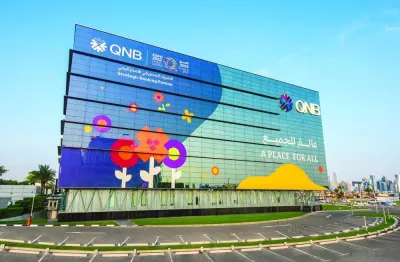Current investment cuts by international oil companies (IOCs) may begin to bite in the period ahead, leading to tight oil supplies and a price spike in a few years, further challenging global economic recovery.
The investment in the upstream oil sector is expected to be nearly 20% lower this year compared with 2014, according to the Paris-based International Energy Agency (IEA).
“This is a drop in excess of $100bn, globally, and a big portion of this occurred in North America. This is clearly because of the decline in oil price,” Dr Fatih Birol, chief economist at the International Energy Agency had said in an interview with Gulf Times in Doha earlier.
“We have never seen such a big drop even in times of financial crises,” he said.
In that regard the long view suggests that the acute investment slump in oil, which is unfolding, will lead to tight supplies in a few years (because of all the wells that are not going to be drilled to replace the depletion from existing wells). That would set the scene for a price spike at some point as it takes a considerable amount of time to ramp up new drilling after a long period of decline.
Undoubtedly, the decline in oil prices has far reaching consequences on the energy industry, as many companies are experiencing declining revenues and are cancelling projects that would have expanded their production capabilities.
A report said investing in new wells was profitable only when oil was trading at a minimum price of $80 a barrel.
That said, oil producers are now bracing for a period of low prices due to global economic malaise, particularly in top energy consumer China.
Oil prices fell to a more than six-year low of $42 on August 24 on weaker demand.
Slumping oil prices have had major casualties around the world in the last few months. Persistent oil prices have forced many energy-surplus countries either to scrap or delay projects to conserve cash.
But according to Samba Financial Group, enough demand allied with potential supply disruptions in future may help oil price rise gradually and reach nearly $100 a barrel in nominal terms by 2020.
According to Samba Financial Group, Brent may average $58/b this year and $62/b in 2016.
However, from 2017, the impact of IOC investment cuts should begin to bite and with a weaker dollar giving a lift to global demand, Brent is expected to average $75/b and continue to climb thereafter.
“The demand outlook is mixed, with China’s shift into less commodity-intensive sectors, such as domestic services, a major drag. That said, demand does appear to be increasing in the world’s biggest consumer, the US,” Samba said.
World oil prices surged more than 10% on August 27 after strong US economic growth data lifted confidence about the world’s biggest economy and petroleum user.
A global glut of fuel and sluggish demand has cut oil prices in half from a year ago. Worries over China’s economy have also weighed on the market in recent weeks.
Some analysts believed the two-month slump of nearly 30% meant a rebound was due.



